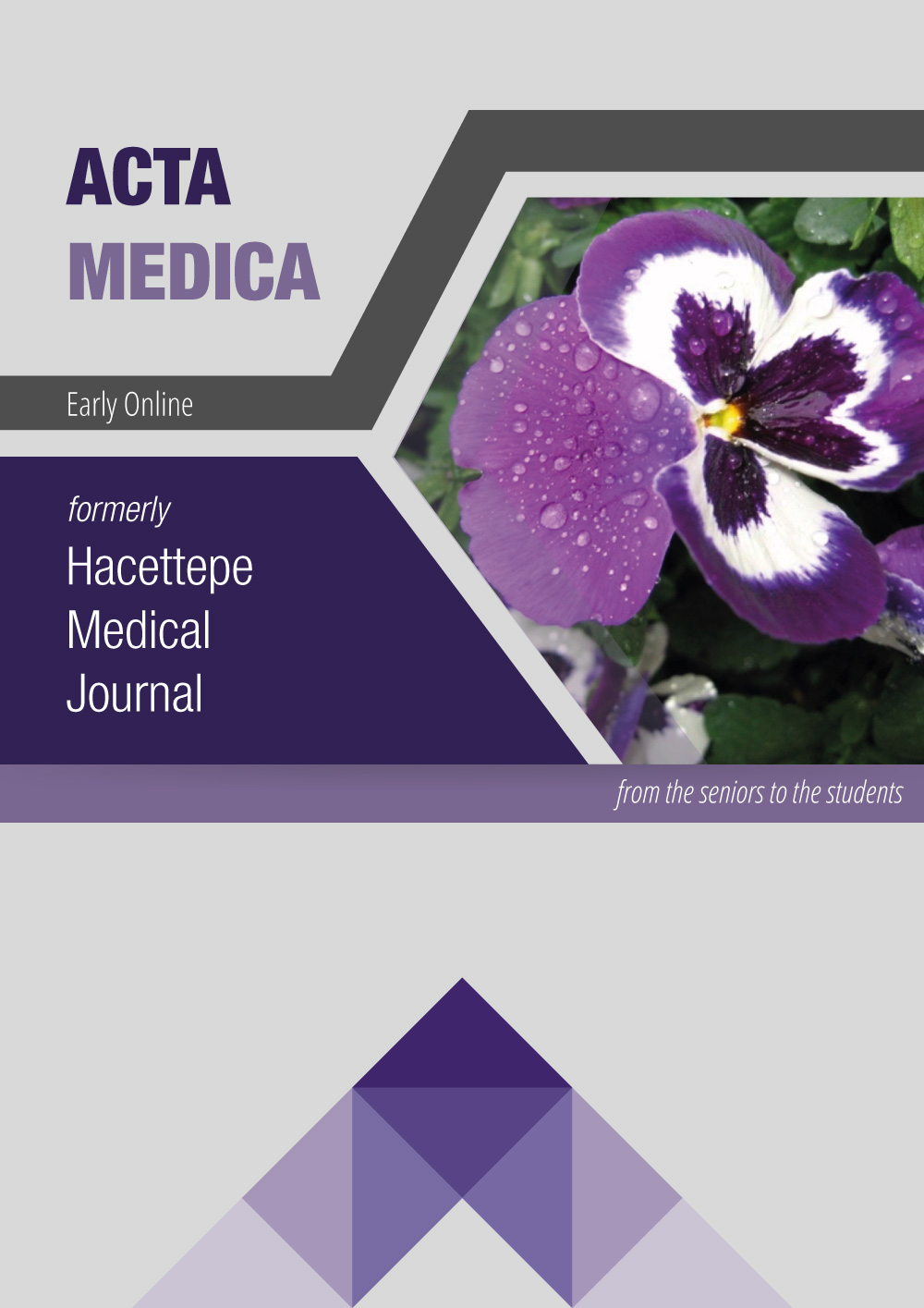Granulomatosis with polyangiitis: Special focus on suggestive imaging findings in head and neck involvement
DOI:
https://doi.org/10.32552/2019.ActaMedica.387Abstract
Objective: Granulomatosis with polyangiitis (GPA) is a rare autoimmune disease with frequent upper respiratory tract involvement. Early diagnosis is crucial for early initiation of effective treatment, which improves outcome. Imaging plays an important role for confirming clinically suspected cases. The aim of our study is to reveal the frequencies of imaging findings previously defined as suggestive for GPA (i.e. osseous erosions or destructions, neoosteogenesis, subglottic stenosis) and to investigate frequency and characteristics of previously under-recognized nasopharyngeal involvement in GPA.
Materials and Methods: We retrospectively examined paranasal, nasopharynx/neck, temporal CTs (n=51) and MRIs (n=14) of 48 patients with GPA. The evaluated imaging findings include mucosal ulcerations in nasal cavity, sinonasal and temporal opacifications/inflammatory signal changes, presence and locations of osseous erosions and neoosteogenesis, periantral soft tissue infiltration, septal perforation, presence and characteristics of nasopharyngeal involvement, and subglottic stenosis. Descriptive statistics were presented as mean ± SD; categorical variables were presented as count and percentage.
Results: Forty patients (87%) had sinonasal and fourteen (29%) patients had tympanic cavity±mastoid opacifications. Three patients (23%) had signal and diffusion characteristics suggesting a sinonasal granulomatous inflammation. Mucosal ulcerations were detected in 32% of patients. Osseous erosions/destruction (40%) was common in disease onset and frequently affected mid-line sinonasal structures. Neoosteogenesis of paranasal sinuses (21%) was more common in follow-up studies and invariably affected maxillary sinuses. Septal perforation (6%), periantral infiltration (4%) and subglottic stenosis (10%) were relatively infrequent findings. Nasopharyngeal involvement (23%) was not infrequent; predominantly presented with wall thickening, ulcerations, low T2-weigted signal changes and restricted diffusion in MRI.
Conclusion: Sinonasal osseous erosion/destruction is a relatively common and highly suggestive finding especially when co-existent with nasal mucosal ulcerations, neoosteogenesis and nasopharyngeal thickening in a suspected case. Nasopharyngeal involvement is not infrequent and imaging could overlap with other entities such as nasopharyngeal cancer, lymphoma or sarcoma.

